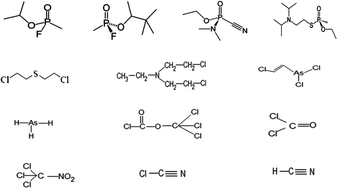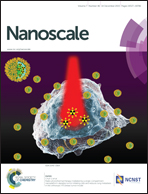Nano/micromotors for security/defense applications. A review
Abstract
The new capabilities of man-made micro/nanomotors open up considerable opportunities for diverse security and defense applications. This review highlights new micromotor-based strategies for enhanced security monitoring and detoxification of chemical and biological warfare agents (CBWA). The movement of receptor-functionalized nanomotors offers great potential for sensing and isolating target bio-threats from complex samples. New mobile reactive materials based on zeolite or activated carbon offer considerable promise for the accelerated removal of chemical warfare agents. A wide range of proof-of-concept motor-based approaches, including the detection and destruction of anthrax spores, ‘on–off’ nerve-agent detection or effective neutralization of chemical warfare agents have thus been demonstrated. The propulsion of micromotors and their corresponding bubble tails impart significant mixing that greatly accelerates such detoxification processes. These nanomotors will thus empower sensing and destruction where stirring large quantities of decontaminating reagents and controlled mechanical agitation are impossible or undesired. New technological breakthroughs and greater sophistication of micro/nanoscale machines will lead to rapid translation of the micromotor research activity into practical defense applications, addressing the escalating threat of CBWA.


 Please wait while we load your content...
Please wait while we load your content...